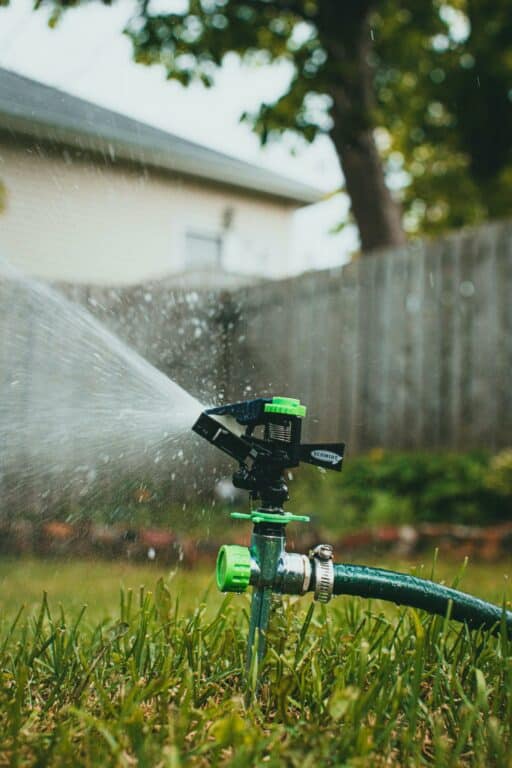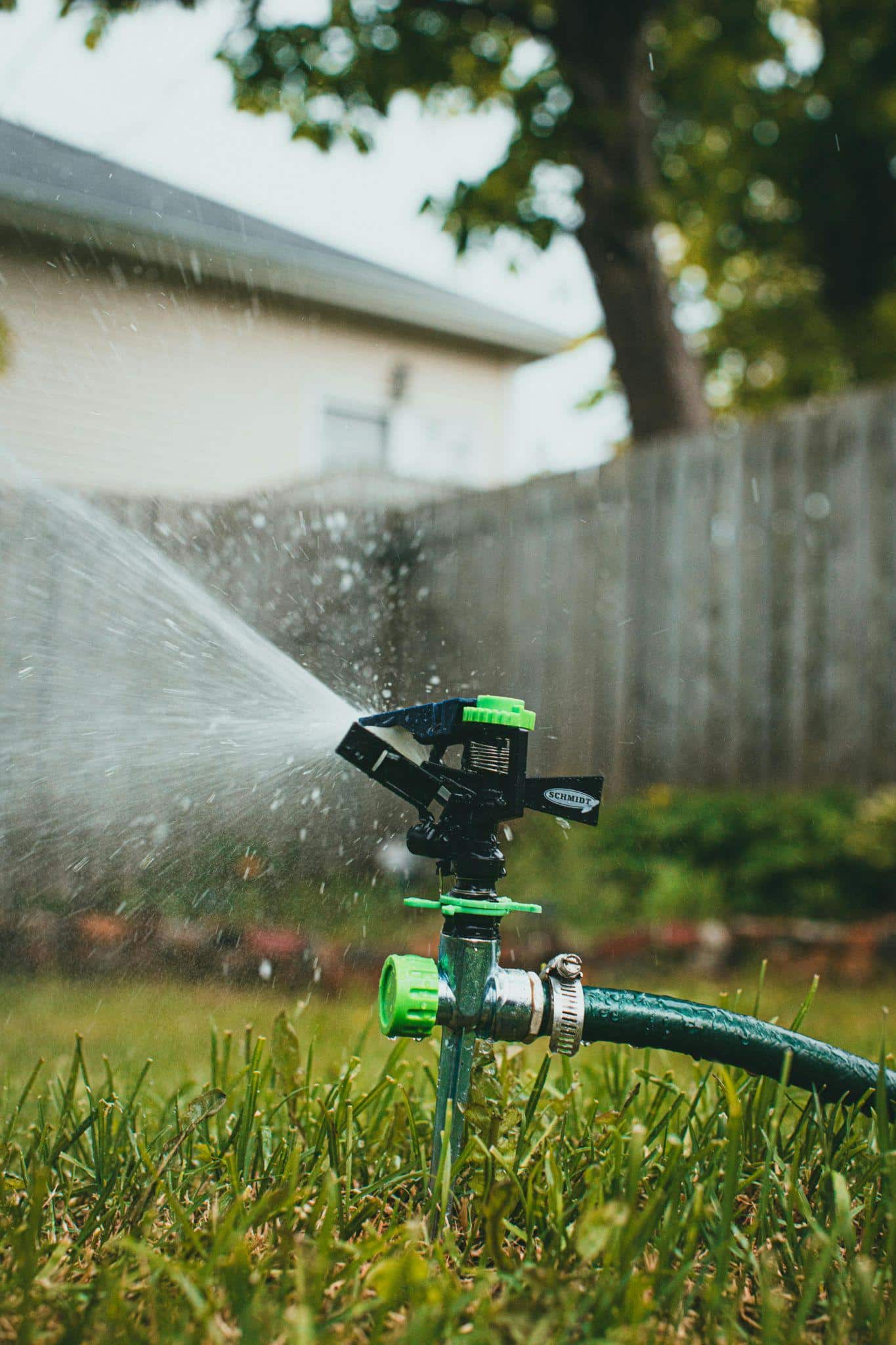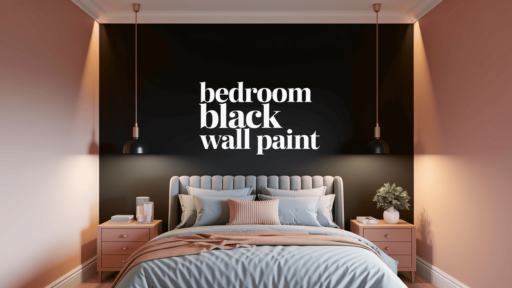Ever wondered how your home could become a powerhouse of sustainability without sacrificing comfort or breaking the bank?
Making your home more environmentally friendly isn’t just about installing solar panels or buying expensive eco-gadgets.
From smart technology and water conservation to sustainable furniture choices, there are countless practical ways to transform your living space into an eco-friendly haven that benefits both your wallet and the planet.
In this guide, you’ll discover actionable steps to create a more sustainable home environment, focusing on energy efficiency, water conservation, optimal lighting, and eco-conscious design choices that align with modern living.
Energy-Saving Technology Enhancements
Households switching to energy-efficient appliances can reduce their utility costs each year while significantly lowering their carbon footprint.
Modern smart technology has transformed how we manage energy consumption in our homes, making it easier than ever to track and optimize usage patterns.
Upgrading your home with energy-efficient appliances isn’t just about buying new equipment – it’s about making informed choices that benefit both your wallet and the environment.
Installing durable peel and stick wall panels offers a simple yet effective way to boost your home’s insulation and reduce energy waste.
The integration of smart home systems can take your energy savings even further. These systems let you monitor real-time energy usage, control appliances remotely, and receive alerts about unusual consumption patterns.
By combining these technologies with proper insulation and mindful usage habits, you’ll create an energy-efficient home that saves money while protecting the environment.
| Fun Fact: Using rainwater harvesting systems not only conserves water but also saves on energy bills by reducing reliance on conventional water supply and pumping methods. |
|---|
Enhancing Water Conservation Practices
Homes with rainwater harvesting systems can cut their water bills and see a noticeable boost in their property’s market value.
These systems create a sustainable cycle by collecting water during wet seasons for use in dry periods, making them a smart investment for eco-conscious homeowners.
Simple modifications in your daily water usage can lead to significant conservation.
We’ve gathered several effective strategies that you can implement right away to reduce your household’s water footprint:
- Install low-flow aerators on kitchen and bathroom faucets to cut water usage.
- Replace old showerheads with water-efficient models that use 2 gallons per minute or less
- Fix leaky pipes and dripping faucets promptly – even small leaks waste thousands of gallons yearly
- Set up drip irrigation systems for gardens instead of using traditional sprinklers
- Use moisture sensors in your garden to prevent overwatering
The impact of water-efficient fixtures extends beyond conservation. Modern low-flow devices maintain strong water pressure while reducing consumption, proving that comfort doesn’t need to be sacrificed for sustainability.
Choosing the right type of grass for your lawn also plays a big role in water conservation. Opt for native or drought-tolerant varieties that thrive in your specific climate, as they require significantly less watering and maintenance. To get expert guidance, pay a visit to a grass shop and ask which options are best suited for your region. Making the right choice at the start can lead to long-term savings and a healthier, greener lawn.
Smart water meters can track your usage patterns, helping identify areas where you can save more.
By combining these practical solutions with mindful consumption habits, you’ll create a more sustainable home while keeping your utility costs in check.
| To Do: Evaluate your property’s outdoor space for upgrades like water-permeable landscaping or native plant gardens, which naturally require less irrigation and enhance long-term water resilience. |
|---|
Optimal Lighting Choices for Sustainability
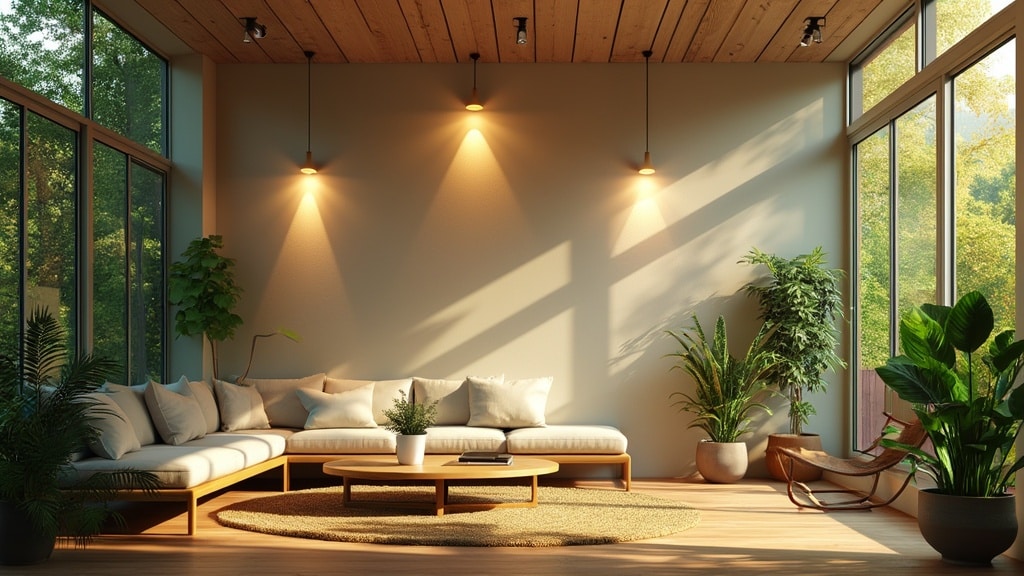
LED bulbs consume 75 percent less energy compared to traditional incandescent options, while lasting up to 25 times longer.
This significant reduction in power usage makes LED lighting a smart choice for homeowners wanting to reduce their environmental impact and cut electricity bills.
Natural light serves as a free energy source that can brighten your living spaces during daylight hours.
Positioning furniture to maximize sunlight exposure and keeping windows clean helps reduce reliance on artificial lighting.
Incorporating reflective surfaces like mirrors or light-colored walls can amplify natural light throughout your home.
Modern LED technology offers various color temperatures and brightness levels to suit different rooms and activities.
For example, cooler white lights work well in home offices and kitchens, while warmer tones create relaxing environments in bedrooms and living rooms.
Smart LED bulbs can also integrate with home automation systems, allowing scheduled dimming and automatic shut-off features to further reduce energy waste.
| Expert Tip: Consider layering ambient, task, and accent lighting in each room to improve functionality and reduce unnecessary energy use by only illuminating the areas you need. |
|---|
Eco-Friendly Furniture and Design Selections
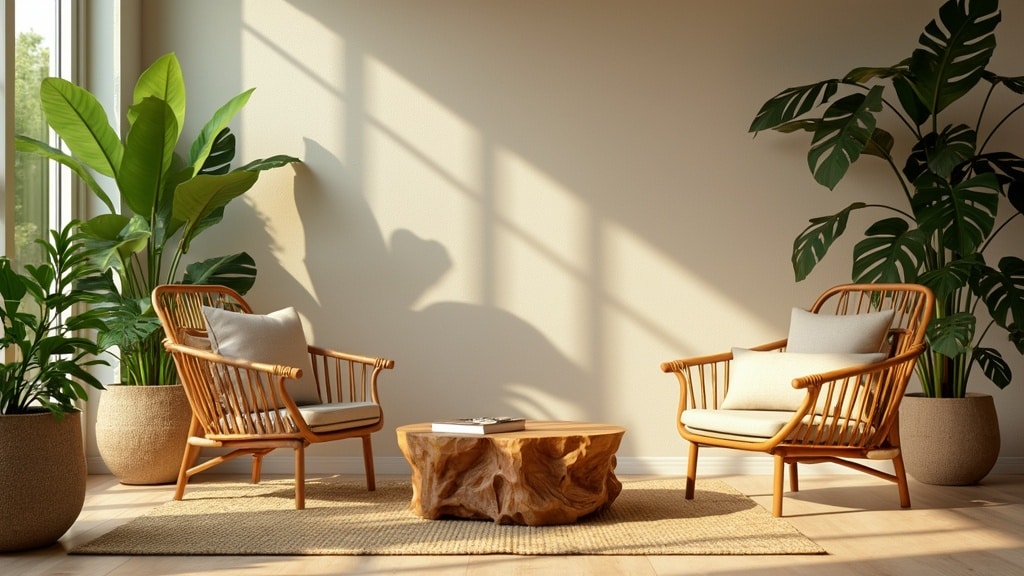
Homeowners now prioritize sustainability in their furniture choices, marking a significant shift in consumer behavior.
Creating an eco-conscious home doesn’t mean sacrificing style or comfort. In fact, many sustainable options offer superior durability and aesthetic appeal.
A perfect example is choosing a comfortable family-friendly sectional couch that combines comfort with sustainable materials and long-lasting construction.
The key to sustainable furniture selection lies in understanding material sourcing and production methods.
Reclaimed wood furniture pieces have gained popularity, reducing deforestation while adding unique character to living spaces.
Additionally, furniture made from recycled materials or sustainable alternatives like bamboo helps minimize environmental impact.
When selecting eco-friendly furniture, durability should be a top consideration. Investment pieces that last longer reduce waste and the need for frequent replacements.
Many sustainable furniture manufacturers now offer warranties and repair services, extending the life cycle of their products while reducing their environmental footprint.
This approach to furniture selection creates spaces that are both beautiful and environmentally responsible.
| Why This Matters: Choosing sustainable furniture isn’t just a trendy upgrade—it plays a direct role in reducing landfill waste, supporting ethical industries, and promoting long-term well-being in your home environment. |
|---|
Final Thoughts
Creating a sustainable home is more than just an environmental choice – it’s a smart investment that pays dividends in both cost savings and enhanced living quality.
Through energy-efficient technologies, water conservation methods, and conscious furniture choices, homeowners can significantly reduce their ecological footprint while creating more comfortable and valuable living spaces.
Making your home greener doesn’t have to happen all at once – start with small, manageable changes and watch as they grow into lasting habits that benefit both your wallet and our planet.

